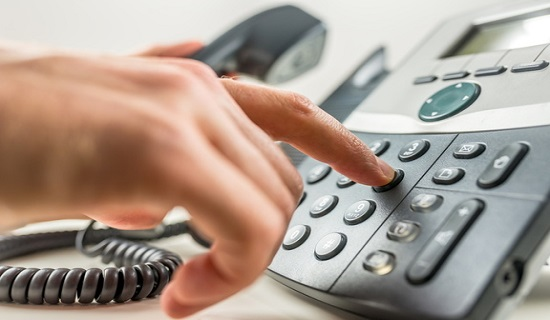In a focus published on January 24the INSEE takes stock of the telephone equipment (landline, mobile and smartphone) of the French population aged 15 years or more and some of their uses.
In 2021, 95% of the population aged 15 years or older will have a cell phone: 77% will have a smartphone, 21% another type of phone. In addition, 77% of the population say they have at least one landline phone number in their home.
"Less than one person in a hundred does not have a telephone. So almost the entire population is theoretically reachable by phone, even though 9% of landline phone owners and 1% of cell phone owners say their phone never rings."7% of the population has neither a smartphone nor an internet connection at home
90% of the population has a telephone (fixed or mobile) and an Internet connection at home. A large proportion (75%) even have a smartphone and a fixed internet connection, 18% have one or the other.On the other hand, 7% lack both, thus being largely deprived of the exchange and communication possibilities offered by the Internet.
Young people and those with higher education have more cell phones and smartphones
Cell phones are ubiquitous among 15-29 year olds (99% have a cell phone and 94% have a smartphone, the age group with the highest smartphone ownership).Only 80% of those 75 or older own a cell phone and 36% own a smartphone.
The rate of cell phone ownership increases with the level of education in the general population (but very little among 15-29 year olds): it varies from 87% among non-graduates to 96% among those with less than a bachelor's degree, and exceeds 98% at the bachelor's level. The differences for the smartphone are even greater.
Mobile equipment grows with the standard of living
Overall, the higher the standard of living, the more people have cell phones. The equipment rate exceeds 99% for the 10% of the population with the highest standard of living.This trend is even more pronounced for smartphone equipment, with the equipment rate varying from 65% to 95% depending on the standard of living. However, people with the lowest standard of living are not the least equipped (73%), in particular because they are younger. Farmers and retirees stand out with a low rate of smartphone equipment (70% and 53%), far behind employees and workers (86% and 84%).
One-fifth of the population screens or systematically rejects calls
"Having a phone is not always synonymous with being reachable: ignoring or screening calls is a common practice. By doing so, people make themselves unavailable for a phone discussion but may be informed of the call (a notification is often visible) or even of its content (by leaving a message on the answering machine, for example)."Among those who own a landline phone, 17% say they never pick up the phone and 26% only answer when they know the number (they systematically screen calls).
Among people who have a cell phone (smartphone or not), 2% never pick up and 30% systematically screen calls. Thus, taking into account all types of equipment, 2% of the population would be impossible or very difficult to reach directly, either because they do not have a phone (1%) or because they never pick up (1%). In addition, 19% of people who are difficult to reach are hard to reach because they systematically screen their calls.
One-third of those 75 or older screen or systematically refuse calls
The rate of screening or systematic refusal of calls varies with age: it varies between 17% and 21% between 15 and 74 years of age, but rises to 32% above that age. However, it varies little with standard of living. Women are more likely than men to say they always pick up the phone when called (77% vs. 69%) and therefore less likely to systematically refuse (1% vs. 2%) or systematically screen calls (17% vs. 21%). This may reflect their increased role in managing daily household life, which requires them to accept calls from unidentified callers more often: medical or teaching appointments, home deliveries, vacation and leisure planning, etc.Having an Internet connection at home increases reachability: the 9% of people who do not have one refuse or screen calls more often (33% versus 19%).
Référence :





